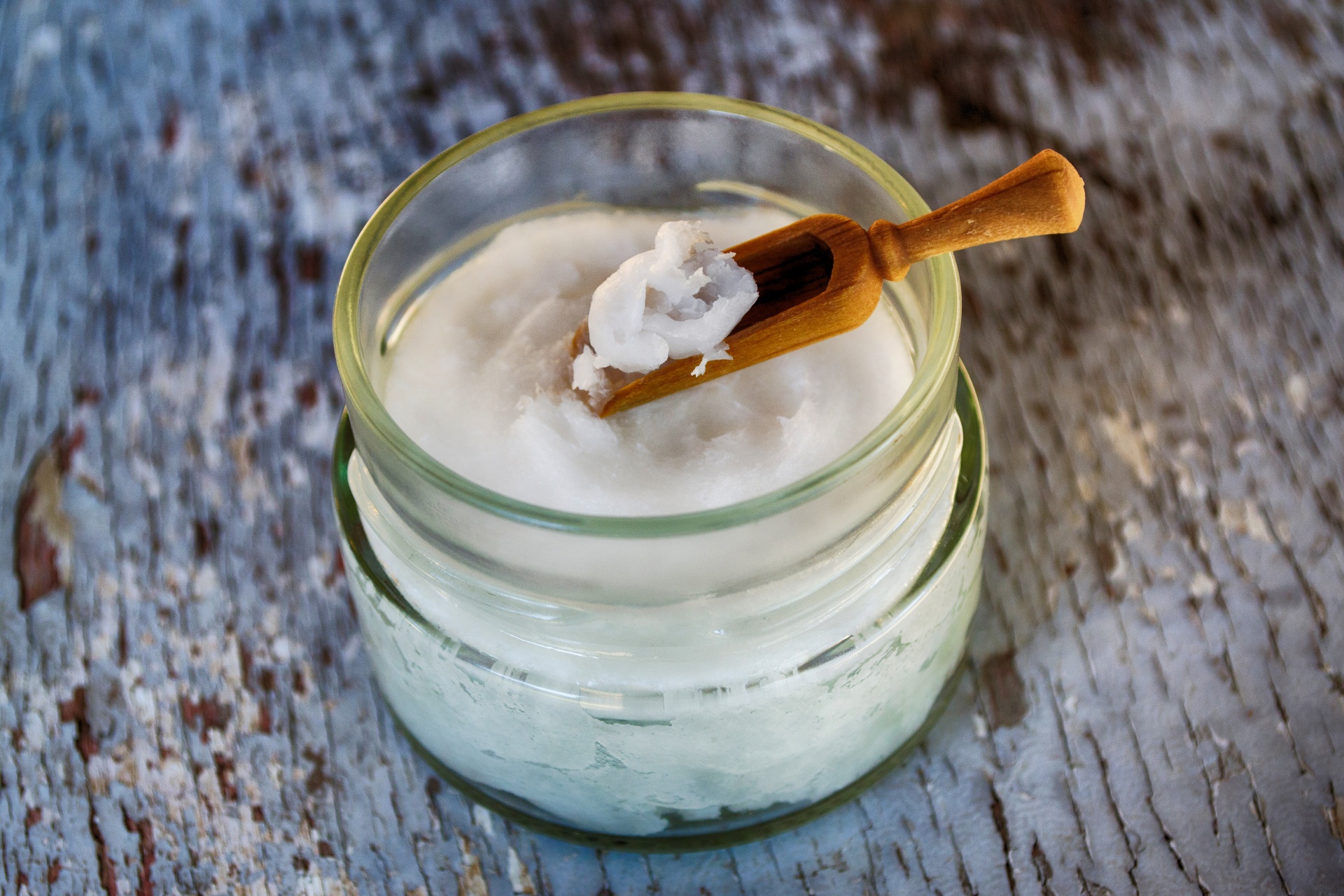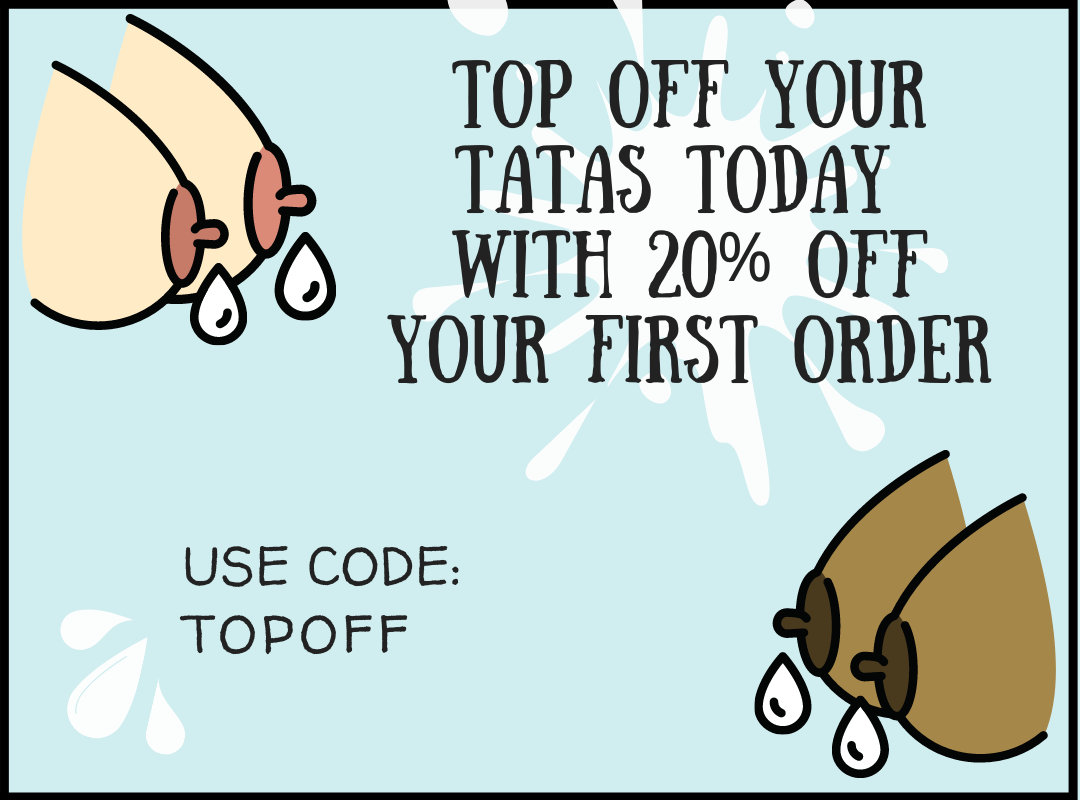
Let me start by saying, I am biased – I love coconut oil!
As a matter of fact, it’s one of the main INGREDIENTS Milkin’ Cookies’ products.
Coconut Oil + Pregnancy
Throughout my pregnancy, I used coconut oil to help my itchy growing belly. It smelled so good and helped to hydrate my skin while avoiding stretch marks. As you know, there aren’t any added chemicals, preservatives or toxins in coconut oil which makes me feel really good about putting it on my skin.
Coconut Oil + Nursing
Once Diana was born and I became a nursing mama, I became curious about how coconut oil could benefit breastfeeding. I started to use it daily for my dry, sore nipples – it acted as a great moisturizer and not something I had to worry about cleaning off prior to nursing. After doing some research, it turns out coconut oil is good for breast milk too!
Coconut oil has antimicrobial properties that sink into the bloodstream and transfer to the baby via breastmilk. Mothers who ingest and use coconut oil topically will make their breastmilk better by strengthening its antimicrobial properties. Breastmilk with increased antimicrobial properties will protect your baby even more from viruses and bacteria. Sounds beneficial, especially during flu season!
Check out this short excerpt from an article;
COCONUT OIL FOUND BENEFICIAL FOR LACTATING MOTHERS
By Cori Young
The unique composition of human breast milk fat includes the fatty acids, lauric acid and capric acid, which have potent antimicrobial properties. These fatty acids offer the nursing infant protection from viruses such as herpes and HIV, protozoa such as giardia lamblia, and bacteria such as chlamydia and heliocobater.
A study published in 1998 in the American Journal of Clinical Nutrition has shown that lactating mothers who eat coconut oil and other coconut products, have significantly increased levels of lauric acid and capric acid in their breast milk. Thus, the milk supply has increased amounts of the protective antimicrobials, which will give even greater protection to the nursing infant.
Pregnant females store fat to assure successful lactation. Any lauric acid and capric acid in the diet becomes part of the adipose stores. The milk fat of a lactating mother is made up of these stores as well as her current diet. If her diet doesn’t contain lauric acid, then generally her milk fat will contain around 3% lauric acid and round 1% capric acid.
When a lactating woman adds foods rich in lauric acid to her diet, the amount of lauric acid available in her breastmilk increases substantially to levels three times the original level and nearly double the amount of capric acid. In countries where coconut oil is a diet staple, levels of lauric acid in the mother’s milk can be as high as 21% and capric acid can be as high as 6% giving her infant even more protection against viruses, bacteria, and protozoa.
What Coconut Oil To Buy
I personally recommend extra virgin, cold-pressed coconut oil. Some of the brands we recommend can be found below:
Uses of Coconut Oil
-
Make popcorn with coconut oil!
-
Use it as a moisturizer on my or my baby’s skin.
-
Add a scoop to baby’s bath to help with rashes.
-
Use it for a massage lotion.
-
Consume coconut oil in Milkin’ Cookies.
-
Help dry cracked nipples heal quickly.

